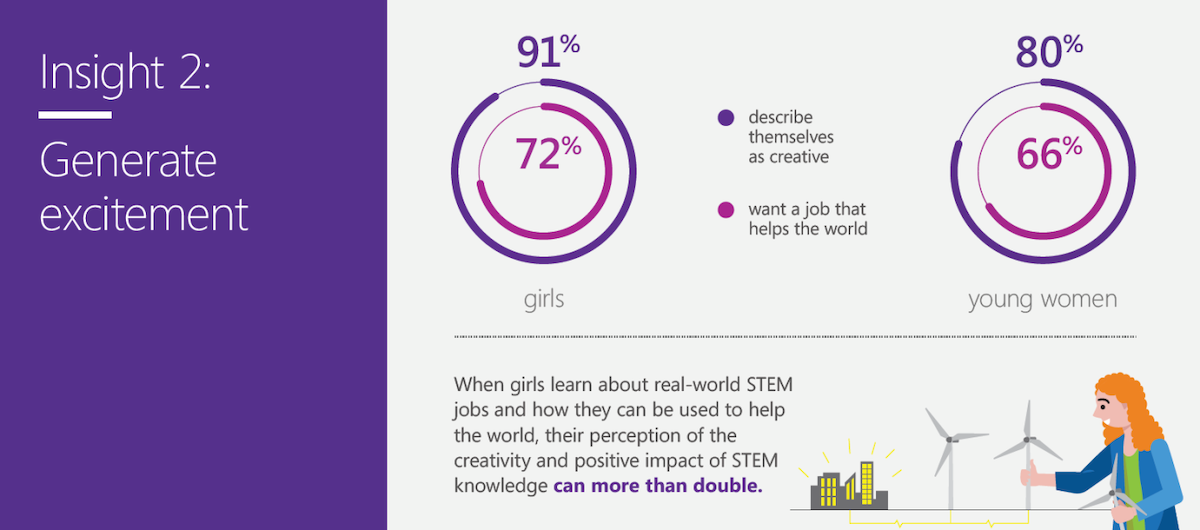Generate excitement
Flip is another way to bridge that gap for any learning environment. When educators register for Flip Live Events, they give learners access to authors, scientists, humanitarians, and creators who share their passions from around the world. Visit the Flip Live Events website to preview upcoming events and register to attend virtually.
Additionally, educators can connect with experts in these fields individually through Microsoft Teams video calls. Experts join a group of learners from anywhere through a simple join link and an internet-capable device with a microphone and camera. Many universities, museums, and research centers offer free connections to their staff to help expose learners to new career possibilities. An organization that previously used Skype to connect professionals with younger learners can connect using Teams as well. Try Skype a Scientist to get started.
When girls witness professional women leading in STEM fields, the impact is significant. Many girls don’t initially see the potential for careers in STEM to be creative or have a positive impact on the world. But even a little exposure to real-world applications of STEM knowledge dramatically changes their outlook. In our study, overwhelming majorities of girls (91%) and young women (80%) describe themselves as creative. We're missing opportunities to teach girls and young women about how varied, engaging, and impactful STEM and computer science jobs are.

Link to text version of infographic
Nearly two-thirds of the women who work in STEM fields (64%) and technology (65%) feel that the work they do makes a difference in the world. This is significantly higher than women working in other fields.
Pause and ponder
- Consider all STEM-based field trips, guest speakers, films, and books your learners are exposed to. Does the diversity of those experiences reflect the diversity of your school population? If no, what changes could you implement in your class or champion at your school to encourage more diversity?
- What topics have historically been more engaging for female learners in your class? How will you harness those interests to become more STEM focused?